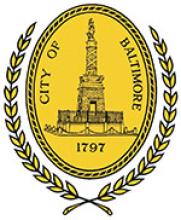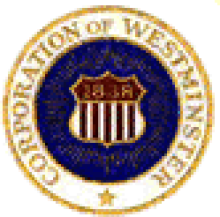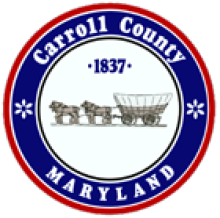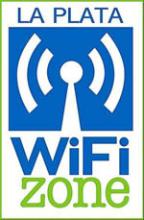Update on Baltimore's Municipal Fiber Plan
Kevin Litten, of the Baltimore Business Journal has published a good discussion of why Baltimore is considering a public investment to expand the City's fiber network.
Councilman William H. Cole IV still bristles when he talks about the absence of FiOS in the city, a decision industry observers say has played out in other urban areas where the suburbs outrank the city in wealth. “When you look at a map of Maryland and what counties they chose to skip, Baltimore stands out, and it stands out for all the wrong reasons,” Cole said. “We need to explore every option we have to remain competitive. You can’t talk about being a great city for biotech and trying to attract startups and continue to expand the [University of Maryland] BioPark and not continue to invest.”
Litten also explored how Comcast is damaging area businesses by abusing its position as the sole citywide provider of fast Internet access (Verizon does poor DSL):
At No Inc., a 10-employee tech firm that develops software for commercial real estate, Chief Technology Officer Alex Markson said that Comcast wanted to charge $20,000 to build infrastructure to the company’s small office building on Water Street downtown.
The company had to settle for an affordable, but vastly inferior wireless connection from Clear using WiMAX. Keep this in mind the next time you hear that wireless is providing an alternative to the cable and telephone monopolies.
But that setup, which includes a barbecue grill-like satellite dish pointed out the window of the company’s offices, isn’t ideal. Productivity plummets when employees have to wait for long downloads. When using technology such as GoToMeeting to make sales pitches, “you’re not crushing it because you look like you’re slow,” Markson said.
And finally, Litten quotes some guy named Christopher Mitchell that seems to know what he is talking about:








